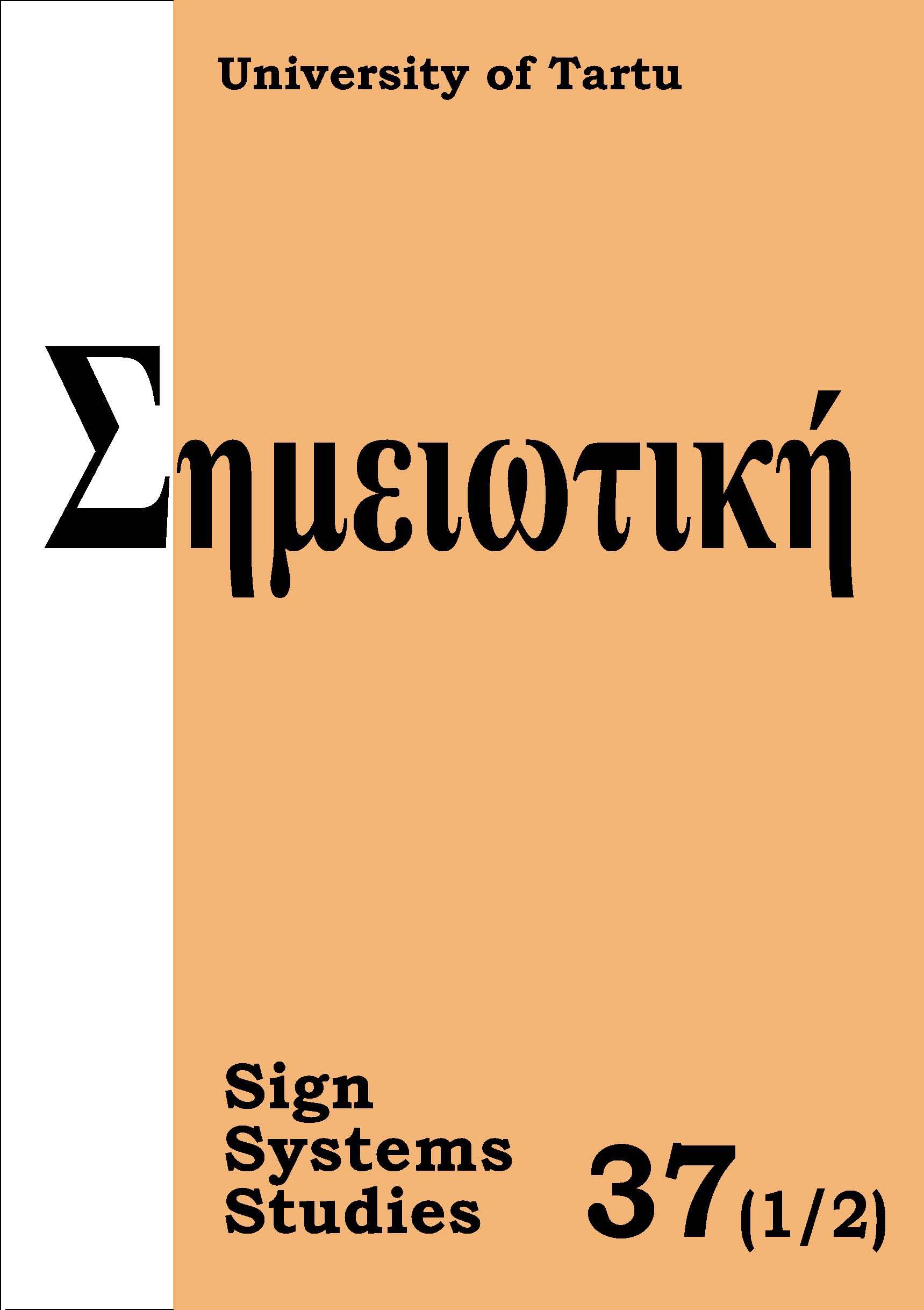Between fiction and reality: Transforming the semiotic object
DOI:
https://doi.org/10.12697/SSS.2009.37.1-2.05Abstract
(Commentary on Umberto Eco’s article On the ontology of fictional characters: A semiotic approach in the present issue.)
The contrast between real and fictional characters in our thinking needs further elaboration. In this commentary on Eco’s look at the ontology of the semiotic object, I suggest that human semiotic construction entails constant modulation of the relationship between the states of the real and fictional characters in irreversible time. Literary characters are examples of crystallized fictions which function as semiotic anchors in the fluid construction — by the readers — of their understandings of the world. Literary characters are thus fictions that are real in their functions — while the actual reality of meaningmaking consists of ever new fictions of fluid (transitory) nature. Eco’s ontological look at the contrast of the semiotic object with perceptual objects (Gegenstände) in Alexius Meinong’s theorizing needs to be complemented by the semiotic subject. Cultural mythologies of human societies set the stage for such invention and maintenance of such dynamic unity of fictionally real and realistically fictional characters.


